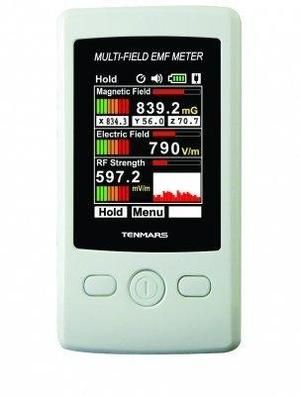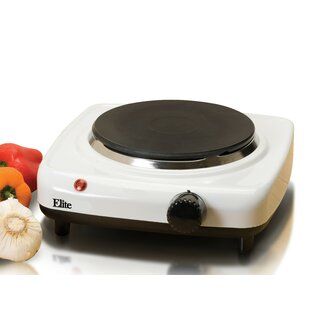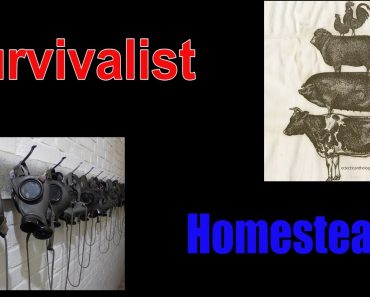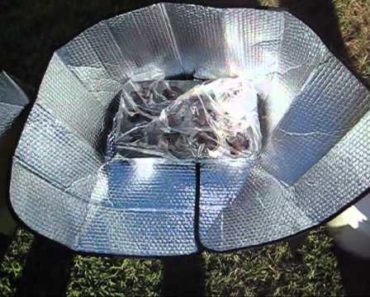When it comes to rapid and efficient cooking, induction hot plates are getting a lot of attention.
Among other things, they can boil water in around 90 seconds, and can also shorten the cooking time for other foods. If you are looking into smaller devices for your kitchen without losing the cooking quality you get from larger appliances, an induction hotplate may be of use.
What is Induction Cooking?
A conventional hotplate or stovetop element uses electricity to heat up a metal coil. This coil, then heats up pots, pans, and other vessels sitting on top of it. Unfortunately, conventional stovetop burners are not very efficient because a good bit of heat is lost in the transfer process.
Aside from that, as you will recall, heat is a form of radiant energy. It is also considered the least efficient of all power types because it dissipates so easily. Therefore, as important as heat may be for a wide range of applications, harnessing it can be more trouble than it is worth, or at least in the arena of cooking with electrical appliances.
Induction cooking makes use of electromagnetic waves to excite molecules within certain types of metal cooking vessels (just about any magnetic material). This, in turn, generates heat; and very quickly in the bargain. Even though the element itself stays cool to the touch, the vessel and the food within will heat up. Unlike conventional cooking elements, there is no actual transfer of heat. As a result, the system is far more efficient.
Why Does it Matter to Preppers?
In these troubling times, you never know when you will run afoul of escalating electricity costs. While much of this cost is generated by legislation aimed at reducing environmental harm, that doesn’t change the fact that people with fixed incomes or marginal incomes wind up suffering both financially and in terms of the quality of food they can purchase for themselves and their family.
You could even say that this is
a national emergency that has been systemically engineered in such a way that
environmental problems don’t actually get solved even as certain people make
bigger and bigger profits, plus collect the taxes on those profits. Getting
your electric bill as low as possible (ie spending less money) will have a huge
effect when multiplied across larger and larger numbers of people.
Even though an induction hotplate uses about the same amount of wattage as conventional stovetop elements, they reach temperature and can heat up foods much faster. Consider the simple difference in cost between taking 5 – 10 minutes to boil water vs 1 ½ minute. On this simple task alone, you are cutting your electric usage by 40 – 90% each time you boil water. Multiply that by several times a day, and throw in boiling water for coffee or tea, and you can easily shave 15.00 – 20.00 off your electric bill each month.
Benefits of Having an Induction
Hotplate
When you are looking at fairly
new devices, you will find that they are similar to everything else in the
sense there are advantages and disadvantages associated with their use. Let’s
have a look now at some of the benefits you will obtain when you buy an
induction hotplate:
- Try Induction Cooking Without the Expense of Buying a New Stove – Even though induction stoves have been around since the 1980s, they are still quite expensive. As the technology has improved, however, a single burner and double burner hotplates have come down in cost. If you are planning to replace your current stove, it may be a good idea to see if you like induction cooking. This is also the perfect time to see if you can use these portable devices to replace your stovetop instead of buying a new one.
- Portable – As with other hotplates, you will find that induction models are very light and easy to move around.
- Minimize Time Spent Cooking Meals – Depending on what you are cooking, the amount of time required may be cut in half or more. While this device won’t cut down on time required to prepare foods for cooking, at least you won’t have to wait as long for the results of all your hard work.
- Gives You At or Near the Same Heat Potential as a Conventional Gas or Electric Stove – There is no question that the cost of electricity associated with a conventional stove can be prohibitive. Likewise, gas prices can also be very unstable and leave people wondering how they can cut cooking costs.
Over the years, many people have tried hotplates, only to find out they simply don’t provide enough heat. By contrast, depending on the model, induction hotplates can go from 1000 to 5000 watts. Compare that to conventional stove tops that range from 1000 to 3000 watts, and hotplates that go from 750 to 1100 watts. While the higher wattage induction units are more expensive than the 1000 – 1800 range models, you can still achieve good results with the lower wattage models. In short, you can still save a lot of money with different sized induction hotplates as opposed to buying a new stove and enjoy the same level of heat potential.
Induction Hotplate Disadvantages
Here are some things that may not make induction hotplates or other devices a good choice:
- It cannot be used by people with pacemakers or insulin pumps – Just about every manufacturer states in the Owner’s manual that induction cookers should not be used by people with implanted medical devices such as pacemakers and insulin pumps. Basically, the electromagnetic waves from the appliance can interfere with these devices.
This is often brushed aside by induction cooking proponents with claims that these problems are most likely to occur if you use cookware that doesn’t completely cover the hob, or if you stand too close to the device. They also claim that as soon as you take the cookware off the stove, the device automatically stops generating an electromagnetic field.
I have
seen all kinds of “safe” electrical appliances turn out to be more dangerous
than expected. For example, microwave ovens are notorious for having coatings
that wear out, smart meters produce more powerful fields than expected, and the
link between cell phones and cancer remains a matter of concern for many. From
that perspective, personally, I don’t necessarily trust these devices and do
recommend taking precautions when operating them.
- Cookware must be magnetic – in order for induction cookers to heat up a vessel, at least the bottom of the vessel must be magnetic.
- Hotplate may be noisy or “Buzz” while in use – some people hear a buzzing sound when using induction cookers, especially if the cookware is not specifically designed for the device.
- It may not be easy to fix or repair – conventional hotplates are relatively simple devices that you can take apart or rewire if needed. By contrast, induction hotplates have a lot more computer controls, and may not be easily repaired at the consumer level. Basically, once they stop working, you may wind up discarding them if the warranty has run out.
Accessories to Consider
Once you commit to buying an induction hotplate, it will be of some use to make sure you have accessories on hand that help you get the most from it.

Here are some items to consider:
- Induction converter disk – basically, these are magnetic metal plates that you can put over the hob. From there, all you have to do is set a non-magnetic cooking vessel on top of the converter disk in order to use it. Just make sure that the converters you choose are safe for the vessels and the materials they are made from.
- Non-magnetic or non-metallic utensils – it is fair to say that the greatest risk of exposure to EMF from induction devices occurs when you use metal utensils that will transmit the energy right into your body. Wood, plastic, and other insulated utensils will go a long way to helping you avoid this problem. If you truly don’t want to give up your metallic utensils, then you can also purchase EMF shielded gloves, and then wear them whenever you handle the cookware or utensils while the induction hotplate is in operation.
- Cooking vessels with handles that do not conduct electromagnetic fields – from putting vessels on the hob, to holding the handles while stirring food, most people wind up touching the cooking vessel handles while the cooking device is in operation. As with the utensils, insulated handles or gloves will be of help.
- EMF Measuring Device – if you do buy an induction hotplate, this device will help you find out when, where, and how far the field actually extends. You may be pleasantly surprised to find the device is perfectly safe, or you may find out otherwise. Do not forget to check the induction hotplate often, as wear can and will produce changes in any machine that may be problematic.
As the price of conventional hotplates continues to drop, rest assured that device manufacturers will increasingly switch over to induction models for the sake of profit. While induction hotplates are more efficient and provide a wider range of cooking options, they also have some serious drawbacks. If you are focusing on food preparation as part of your survival plans, then trying one of these devices and keeping it onhand may be of some use.






























